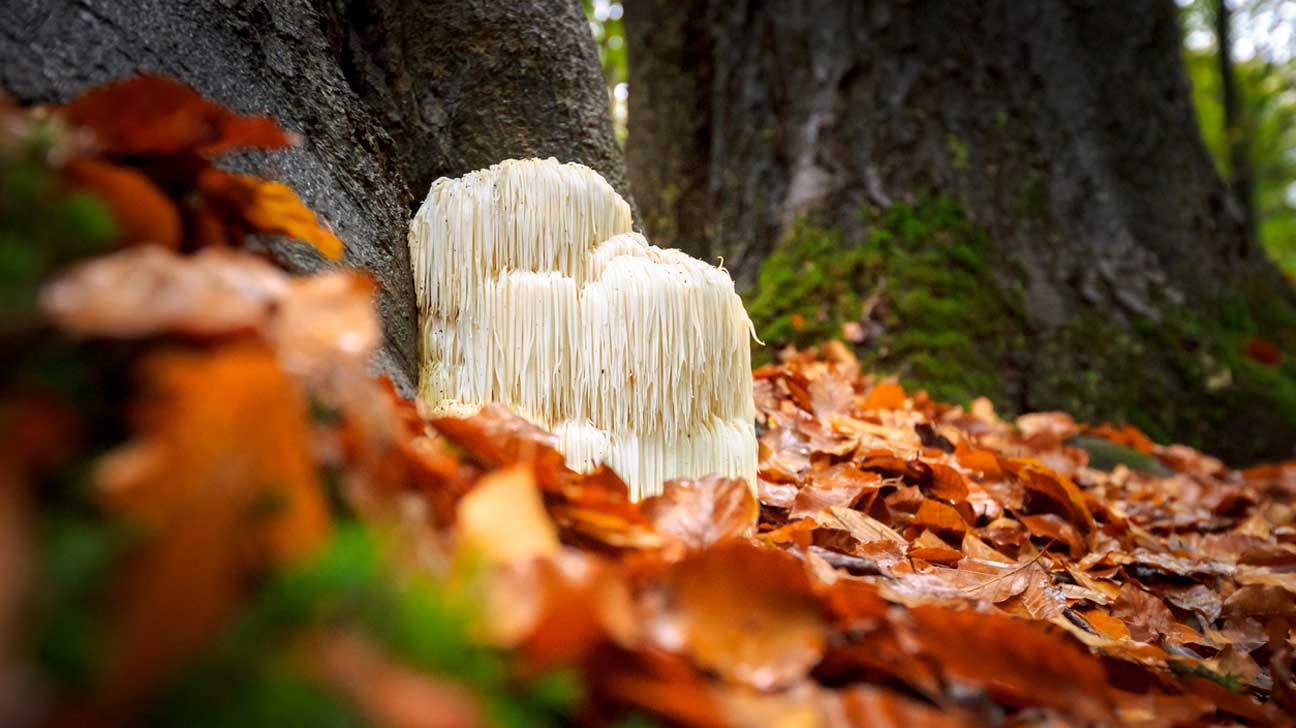Headaches can disrupt daily routines and impact overall well-being. For those seeking natural approaches to relief, essential oils provide a promising avenue for mindful headache management. With a long history in holistic wellness, specific essential oils have properties that help support relaxation and promote a sense of balance. By understanding how these oils work and how to use them properly, many individuals find they may complement other methods for natural headache care.
Why Does Natural Relief Matter for Headaches?
Choosing natural solutions to manage headaches helps individuals focus on methods that aim to promote balance. Essential oils have been recognized for their potential to encourage relaxation and comfort. These oils are derived from plants and are concentrated to provide aromatic or topical benefits. The natural compounds in certain oils interact with the senses, potentially helping individuals who are exploring options to address tension or stress-related discomfort. While essential oils are not a replacement for medical advice or treatment, they may support wellness routines.
How Are Essential Oils Used For Headache Relief?
Several essential oils have been traditionally associated with easing tension. Peppermint oil, with its invigorating scent, can provide a cooling sensation when diluted and applied to the temples or neck area. Lavender oil is widely known for its calming effects and is sometimes used in aromatherapy to create a relaxing environment. Eucalyptus oil, another frequently chosen option, features a strong scent that promotes feelings of clarity. By understanding the unique properties of these oils, users can identify which fits their needs when creating their wellness routines.
Using essential oils effectively involves choosing the right application technique. Aromatherapy, for instance, works well for creating a soothing environment. A few drops of essential oil in a diffuser or a bowl of steaming water fills the space with a comforting aroma. For topical application, oils should always be diluted with a carrier oil like coconut or almond oil to avoid irritation. Applying the diluted mixture to the temples, wrists, or back of the neck allows the aromatic and topical benefits to interact. These methods are simple and designed to help users incorporate natural practices into their day. If including an essential oil in your routine, testing a small spot is suggested before applying it more broadly.
What Considerations Are Needed For Choosing Essential Oils?
Selecting the best essential oil depends on individual preferences and sensitivities. Factors like the oil’s fragrance, properties, and how one plans to apply it all play a role. Quality also matters when purchasing oils.
Opting for reputable brands that emphasize purity and sustainability helps with better results when introducing them to well-being practices. Those interested in head-related concerns often start with oils like peppermint or lavender due to their popularity in various wellness contexts. However, combining oils or using blends may also suit specific preferences.
What’s the Role of Balance and Maintaining a Routine?
Integrating essential oils into a broader self-care routine can contribute to maintaining balance during challenging moments. Simple, consistent practices such after a stressful day help establish habitual relaxation techniques. Combining these methods with other activities like mindfulness, rest, or hydration provides a more grounded sense of well-being. A thoughtful approach to using essential oils often helps individuals better understand what works best for their lifestyle.
Encourage Steps Toward Wellness
Exploring natural relief for headaches with essential oils opens new opportunities to support personal well-being. By trying different oils, using appropriate techniques, and assessing individual reactions, many people find value in these remedies. If seeking guidance, consider discussing your goals or questions with a knowledgeable professional. Taking small, mindful steps makes it easier to explore and incorporate new strategies into a wellness plan that fits your unique needs and lifestyle.

Leave a Reply